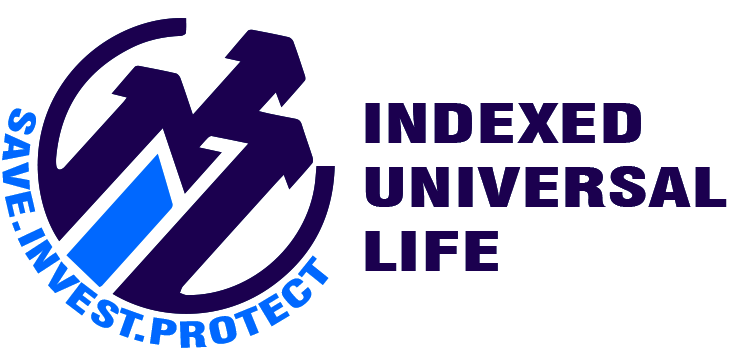IUL Insurance Crediting Rates
IUL crediting rates represent the amount applied to an index segment. At the end of an index period, typically on the policy’s anniversary, the index credit is calculated and added to the policy’s cash value account.
Cash Value Growth in Indexed Universal Life Insurance (IUL)
Indexed Universal Life (IUL) insurance allows for cash value growth based on the performance of one or more underlying market indexes, such as the S&P 500 or Dow Jones Industrial Average (DJIA).
IUL crediting rates offer the potential for higher cash value accumulation compared to other types of insurance policies. Additionally, IUL policies include a built-in annual “floor,” which protects the cash value from declining due to market losses, ensuring stability even if the index experiences a negative return.
How Interest is Credited to an IUL Policy
When you open an Indexed Universal Life (IUL) insurance policy, your premium—after deducting insurance charges—is allocated to the index options you select. The performance of your chosen index(es) is tracked, and the indexed interest is calculated based on your selected crediting method. If there is any interest for that period, it is added to your policy’s cash value.
At the end of each period, the total value becomes the starting point for the next period. This process, known as the annual “reset,” locks in each year’s credited interest on the index crediting date and establishes a new starting value for the following year.
“

Get personalized quotes — Free, No-Obligation IUL Quote: Enter Info, Calculate A Deposit In 5 Min, Talk To An Agent. It Costs $0 To Run The Numbers & Calculate A Recurring Deposit. No-Obligation IUL Estimate In 5 Min.
Maximizing Interest Crediting in Your IUL Policy
The interest credited to your Indexed Universal Life (IUL) policy’s cash value is guaranteed to remain intact, even if the underlying index performs poorly in the future. This allows your cash value to compound over time without having to recover from any past losses.
There are several interest crediting methods available, depending on the insurance company and policy. These typically include:
- Point-to-Point
- Monthly Sum
- Monthly Average
In the Point-to-Point method, the index value at the end of the period is compared to the value at the beginning. If the index rises, interest is credited to your policy’s cash value, up to a cap rate.
The Monthly Sum method tracks the percentage change of the index each month, summing the increases and decreases over the year. If the overall result is positive, interest is credited.
The Monthly Average method calculates the average index value by summing the end-of-month values and dividing by twelve.
With all of these methods, if the index produces a negative return, your IUL policy is protected by a 0% credit, ensuring your cash value doesn’t decrease.
The crediting methods and index choices in your IUL policy can significantly influence its performance. Regularly reviewing your policy’s growth and comparing it to the original IUL illustration is essential for optimizing returns. Working with a knowledgeable IUL expert can help you make necessary adjustments to ensure your policy continues to perform well.
